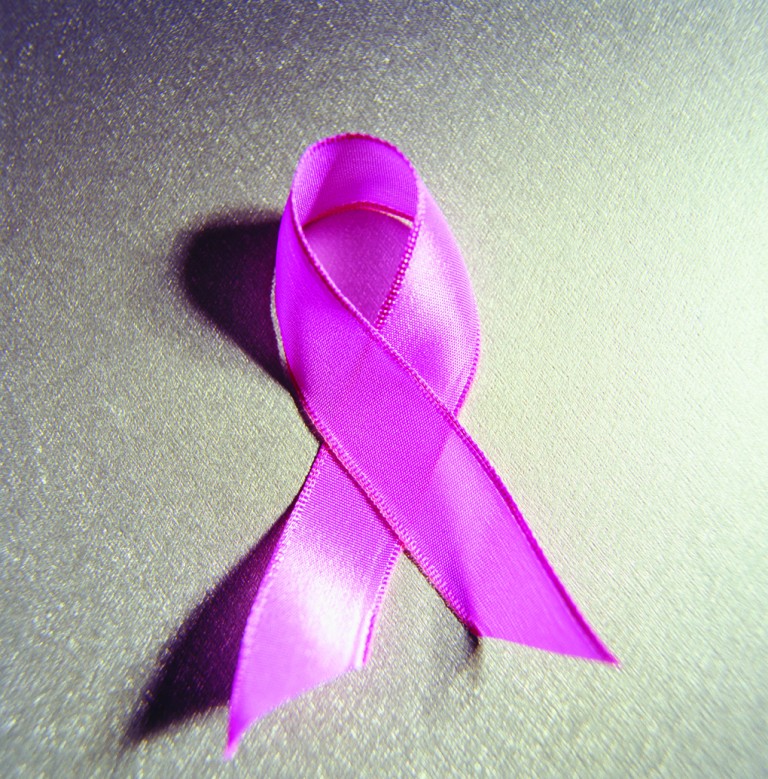Upon receiving a breast cancer diagnosis, many women instantly want to know their chances for survival. Such a reaction is understandable when receiving a diagnosis of any disease, and especially one as potentially deadly as breast cancer. A breast cancer patient’s prognosis is often linked to the stage of the disease. Stages are used to make breast cancer more understandable to patients and to give them a basis for comparison relative to other patients. As with many diseases, breast cancer is best treated the earlier it is detected, and the various stages of breast cancer can offer some insight into how far along the disease has progressed.
• Stage 0: During stage 0, cancerous cells have not broken out of the part of the breast in which they started or invaded neighboring tissue. The earliest stage of breast cancer, stage 0 breast cancer is considered noninvasive and is often successfully treated.
• Stage I: Stage I breast cancer is divided into two subcategories and is an invasive cancer in which cancer cells have begun to invade normal surrounding breast tissue. Stage IA describes invasive breast cancer in which tumors measure up to two centimeters and the cancer has not spread outside the breast or to the lymph nodes. Stage IB is also invasive but does not necessarily feature a tumor in the breast. In such instances where there is no tumor in the breast, small groups of cancer cells no larger than two millimeters are found in the lymph nodes. When tumors are found in the breast, the tumors are no bigger than two centimeters and there are small groups of cancer cells in the lymph nodes.
• Stage II: Stage II breast cancers are divided into two subcategories depending on whether or not there is a tumor in the breast. Stage IIA can refer to invasive breast cancers in which no tumor is found in the breast but cancer has been found in one to three lymph nodes under the arm or in the lymph nodes near the breast. When there is a tumor in the breast during stage IIA, the tumor may be two centimeters or smaller and have already spread to the lymph nodes under the arm or the tumor may be between two to five centimeters but it has not spread to the lymph nodes under the arms. Stage IIB breast cancer may refer to an invasive breast cancer in which the tumor is between two and five centimeters and small groups of cancer cells have been found in the lymph nodes. This stage is also used to describe tumors between two and five centimeters that have spread to the lymph nodes under the arm or near the breastbone, or tumors larger than five centimeters that have not spread to the lymph nodes.
• Stage III: Stage III breast cancers are characterized by two categories, stage IIIA and stage IIIB. During stage IIIA, the tumor is between 2 and 5 centimeters in size and has spread to at least nine underarm lymph nodes. During stage IIIB, the tumor has spread beyond the breast to tissues nearby, such as the skin, chest wall, ribs, muscles, or lymph nodes in the chest wall.
• Stage IV: Stage IV breast cancers describe invasive breast cancer that has spread beyond the breast and nearby lymph nodes to other parts of the body. These organs can include the bones, brain, distant lymph nodes, lungs, liver, or skin. Stage IV breast cancers are often described as “advanced” and could be a recurrence of a previous breast cancer that has spread to other parts of the body.

